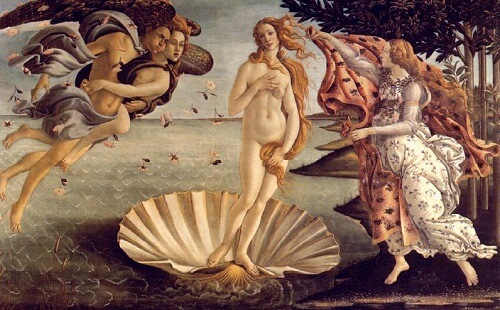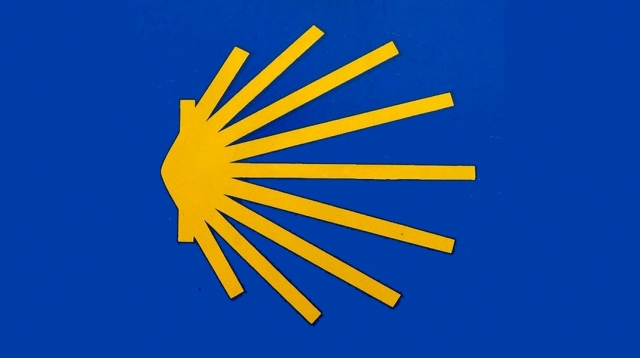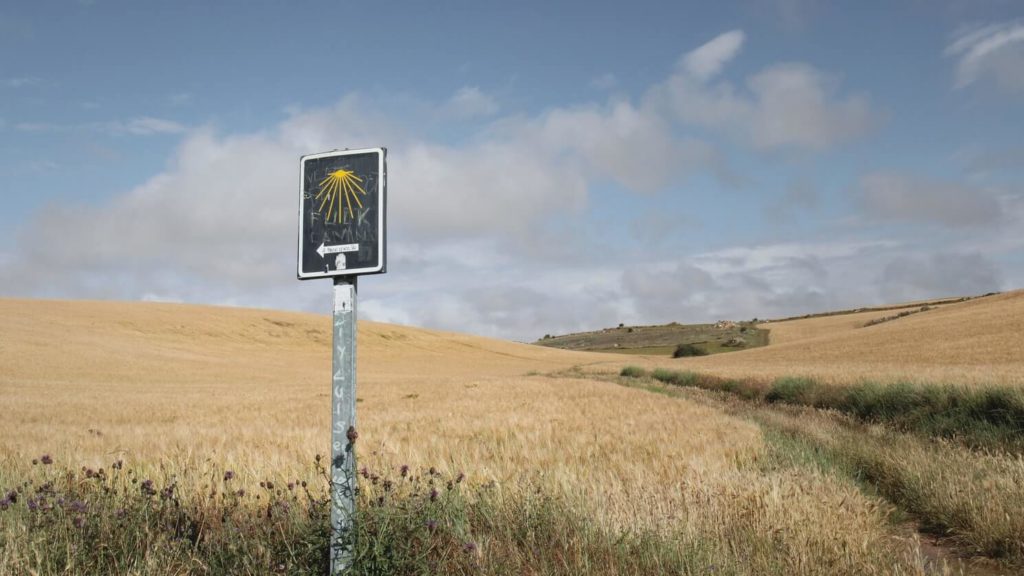The Scallop: The symbol of the Camino de Santiago
Do you know what is the Scallop of the Camino de Santiago? Have you ever been told why it is the symbol of this famous road in Spain?
In this post we will tell you about the meaning of this symbol and some curiosities about it.
Legends
Many legends try to explain the origin of the association between the scallop and the road. Some relate it to the fact that the apostle James was originally a fisherman in Lake Tiberias.
Some legends relate that the body of St. James the Apostle was carried from the Mediterranean to the Atlantic and, as it passed through Portugal, a knight named Gaius entered the sea with curiosity as he saw the ship pass by. He was riding his horse and, upon returning to shore, he and his animal were covered with scallops. For others, Santiago’s boat turned to stone when it reached Iria Flavia and sank, refloating immediately; miraculously covered with scallops.

According to the imagination of many others, the shell would be a method of collecting water from springs and rivers as a vessel.
In any case, during the Middle Ages it became a symbol of Santiago de Compostela. The entrance to Santiago on the French Way was through the neighborhood of the concheiros, which is still called that way today. Here people waited for the pilgrims to sell them scallops: from the most expensive ones made of silver or jet to the cheapest natural ones.
This shell, as a symbol and testimony of the pilgrimage to Santiago, was carried on the way back (remember that in ancient times the pilgrimage consisted of a round trip home).
Meanings
In the 19th century it acquired the scientific name of Pecten Maximus, which in Latin means “comb”. Pliny, a Roman naturalist, named it for its resemblance to a comb of ancient Rome. But the word “scallop” comes from another Latin word: “venereal”, which means “Shell of Venus”.
Venus, as many of you already know, is the goddess of seduction, beauty and love. But at the same time she is also associated with fertility and therefore with sex.
The relationship with Compostela would be, in this case, fertility: the idea of birth or rebirth. In Christianity scallop shells are used as a container for holy water at baptisms. The baptized person is born again as a Christian.

In relation to the pilgrim, the pilgrim begins a new life: he or she is reborn. And the scallop is the symbol of his rebirth. Seeing the sun set in the waters at the end of the world on the road to Finisterre symbolizes death; but the new day symbolizes resurrection.
The reborn pilgrim returns home proud of his scallop shell. Therefore, in this sense, the scallop is also a symbol of spiritual purification.
Now we know a little more about this beautiful and special symbol, full of legends and amazing stories that fill our hearts and souls with wonder and excitement to do the Camino de Santiago and, once done, we want to repeat again and again.

What do you think about the legends of the scallop of the Camino de Santiago? Do you know any other? We read you!
See you next time pilgrim!
